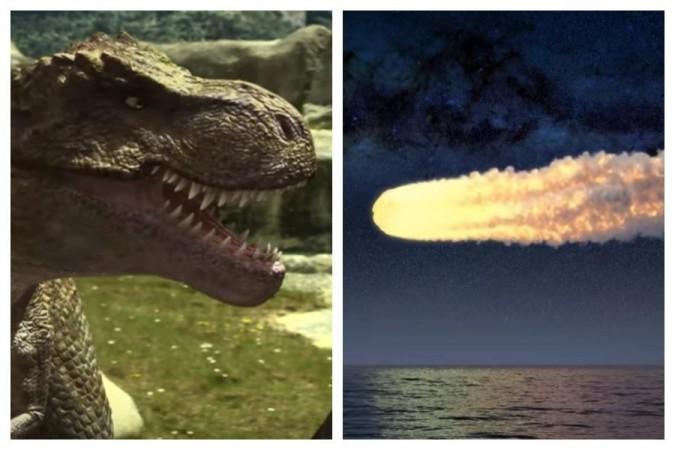It was around 66 million years back that a giant asteroid hit the earth and resulted in the extinction of dinosaurs. According to scientific experts, this asteroid sent a plume of debris to a height of several kilometers in the earth's atmosphere, thus pulling the planet to a state of ice age.
The impact of the asteroid created the Chicxulub crater, measuring about 180 kilometers, which is buried under Mexico's Yucatan Peninsula.

And now, new research has suggested that another asteroid had hit the earth 2 billion years back, and it was much bigger than the one which killed dinosaurs.
Vredefort crater
The study report published in the Journal of Geophysical Research revealed that this asteroid named Vredefort measured somewhere about 20 to 25 kilometers, and it was traveling at a speed of 90,000 kilometers per hour while hitting the earth.
The impact created a crater known as the Vredefort crater, which left a humongous scar in today's South Africa. According to researchers, this crater measures at least 159 kilometers.
However, during the time of the impact, the Vredefort crater was originally 280 kilometers, and over the course of time, its size shrunk.
Aftermath of Vredefort asteroid impact
Unlike the asteroid that killed dinosaurs, the Vredefort space rock did not leave a record of mass extinction or forest fires, as there were only single-cellular organisms before 2 billion years.
The study's co-author Miki Nakajima, a planetary scientist at the University of Rochester in New York noted that the asteroid impact, however, affected global climate more extensively than the Chicxulub asteroid strike on Earth.

















